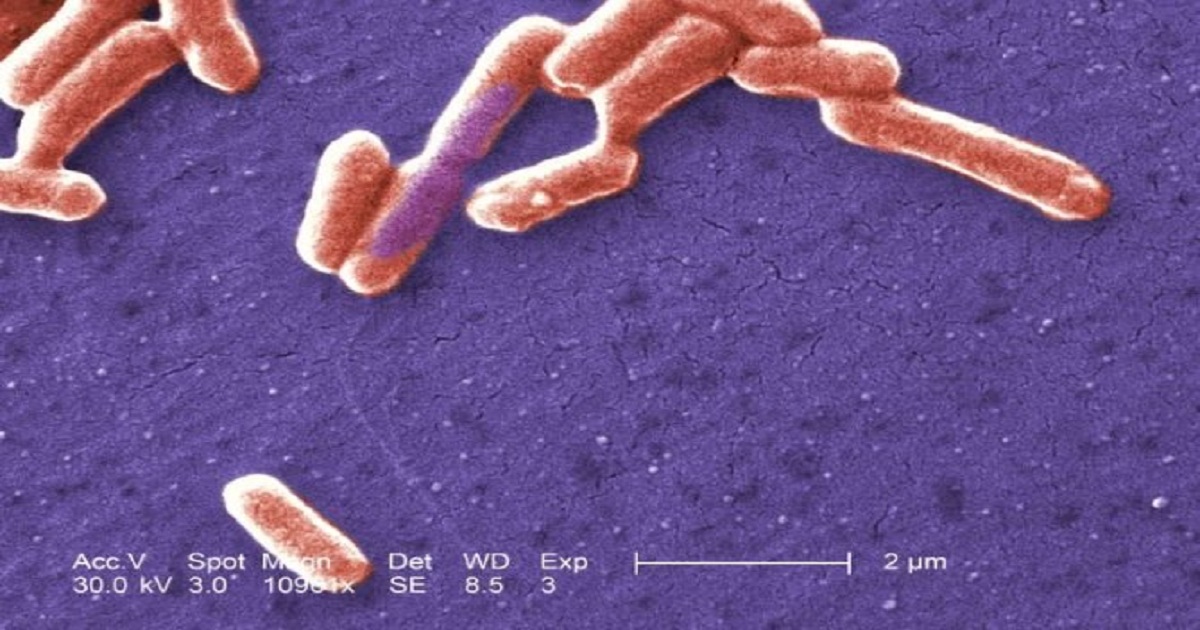New light on blocking Shiga and ricin toxins—And on an iconic biological process
Phys.org | December 10, 2018

Min Dong, Ph.D., and his lab are world experts in toxins and how to combat them. They've figured out how Clostridium difficile's most potent toxin gets into cells and zeroed in on the first new botulinum toxin identified since 1969. Now, setting their sights on Shiga and ricin toxins, they've not only identified new potential lines of defense but also shed new light on a fundamental part of cell biology: glycosylation. The study, recently published in PLOS Biology, used CRISPR/Cas9 technology to explore what factors in cells are necessary for the toxins to get in. Shiga toxin, a widespread source of food poisoning, is produced by Shigella dysenteriae and some E. coli strains such as O157: H7, which occasionally cause hemolytic uremic syndrome, a serious kidney condition, in children. Ricin is a plant toxin used as a bioterrorism agent. What do toxins need in a cell receptor? Shiga and ricin toxins have a similar mechanism of action once inside our tissues, disrupting cells' ability to make proteins. To get in, though, they rely on different entry portals: Shiga toxins use a type of glycolipid (a fatty molecule with an attached sugar) called Gb3 as their receptor, while ricins use a variety of glycans (sugar molecules).